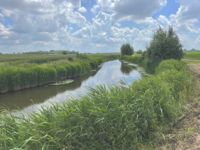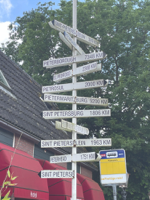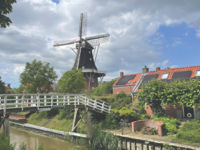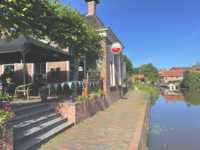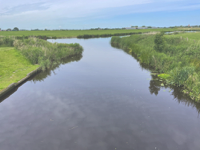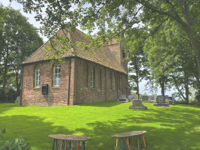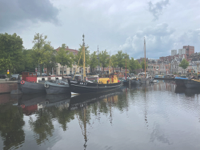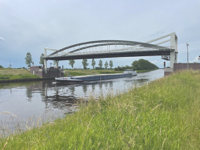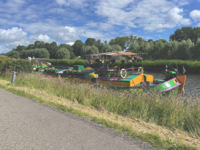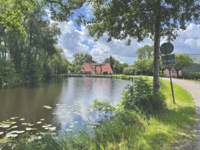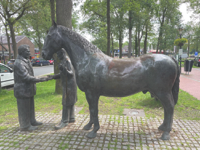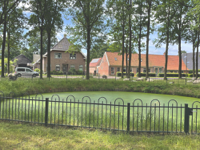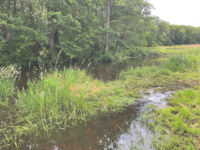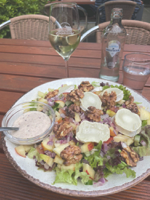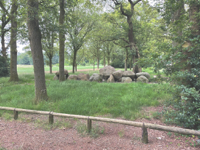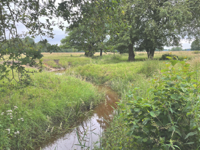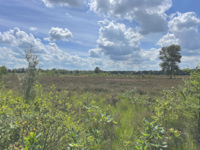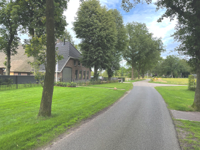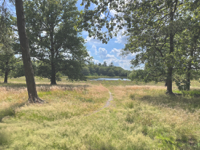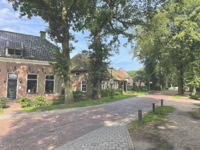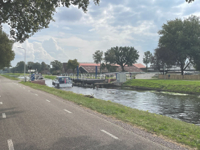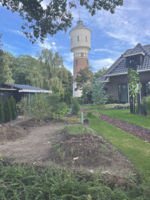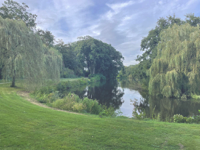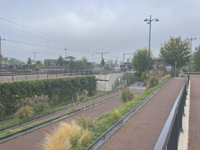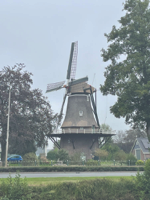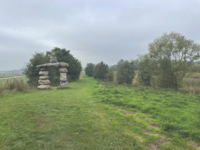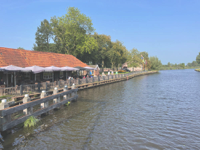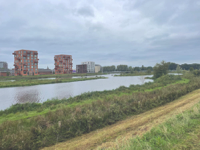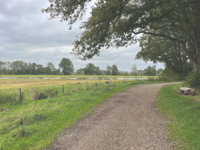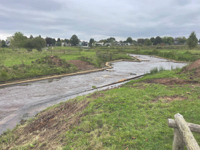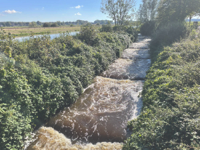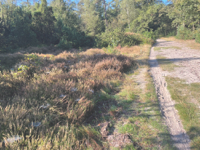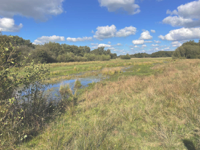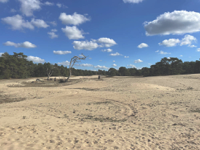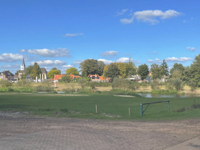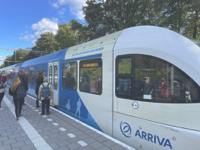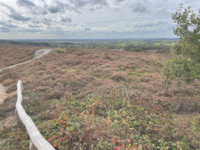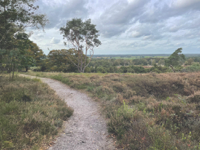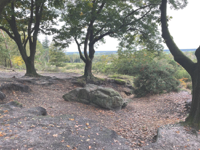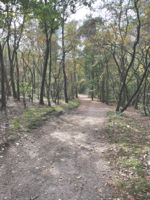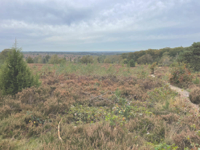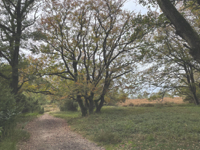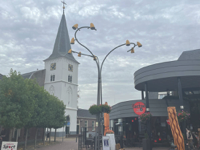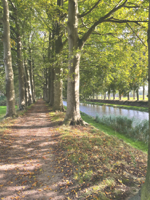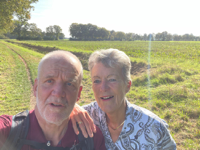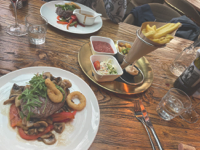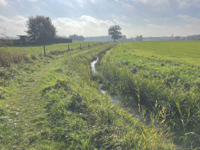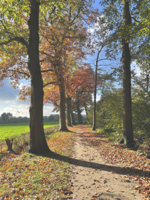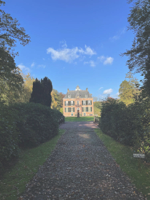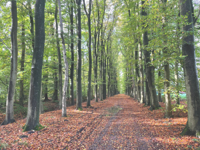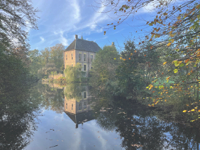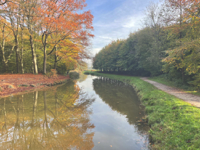Long Distance Hiking Trail Pieterpad (LAW9)
The Pieterpad is a Long Distance Walking Path (LAW9) that was invented, walked and described between 1978 and 1983 by two Dutch women who felt that the Netherlands could use a serious long-distance path as existed in many other European countries.
It runs from Pieterburen in the north of the province of Groningen to the Sint-Pietersberg in the southernmost tip of the country and province of South Limburg, 26 stages with a total length of approximately 490km.
It crosses 5 provinces and many different landscapes from hill ranges to river valleys, each with its own flora and fauna, as well as architectural styles of farms and villages. It is not so much the challenge of completing the distance, but rather the variety of the landscape along the way that made me decide to walk the Pieterpad! To me it was a rediscovery of the eastern part of the country from North to South with special feelings during the tracks in the Achterhoek (13 to 15) as I lived in Doetinchem from 1975 to 1990.
I started hiking the path with the idea of doing 5 stages from Monday to Friday from a base in that area, go home for at least the weekend and the following week hike again 5 stages from another base. Below you will find my findings for each day of hike starting with the first on June 17th, 2024 to the latest I did at the bottom, eventually that being stage 26.
Clicking on the description of a hiking day will take you to the photo page of that day; cliking on a picture often opens that specific picture.
When you read this I have progressed through stage 14!
